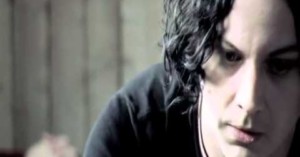
Hard Work, Restriction, and Creativity Go Hand in Hand
Here’s an interesting video in which Jack White — singer and guitarist of …

Here’s an interesting video in which Jack White — singer and guitarist of …
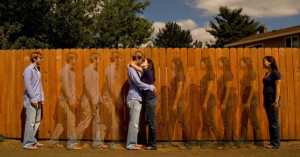
University of Oregon student and photography-enthusiast Jeremy Blanchard shot this creative engagement photo for two of his long-time friends.

You've probably seen (and taken) forced perspective photos before, but South Korean artist June Bum Park goes one step further, using footage from cameras in high places to control cars, pedestrians, and other things in the scene as if playing with a miniature world.
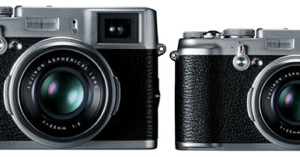
Fujifilm’s retro-tastic X100 has been selling like hotcakes since hitting shelves earlier this …
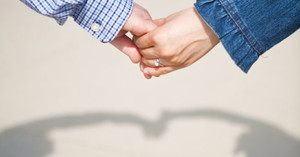
When the sunlight is right, you can shoot a photograph of a couple holding hands while they form a …
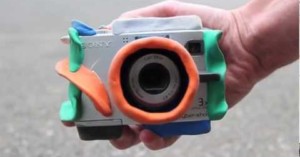
Most cameras designed for young children have kid-friendly designs, but eye-numbingly bad image quality. On the other hand, a …
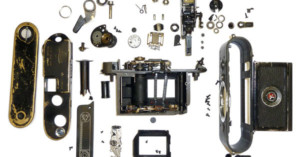
Here’s what a Leica M4 rangefinder camera looks like when taken apart. It’s crazy how …

Developer Boris Smus came up with this super minimalist way of sharing his …
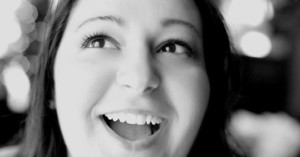
A Pennsylvania photographer named Jennifer McKendrick has caused quite a stir by canceling senior portrait sessions with a group of high school girls after discovering evidence of bullying by the teens on Facebook.
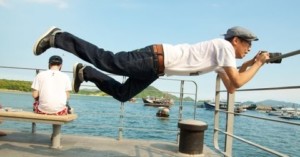
Hayashi Natsumi’s levitation photos have received a lot of publicity as of late (check out her blog …

Have a bunch of film canisters lying around and not sure what to do with them? You could use them to geekify your Christmas lights by punching a hole in the caps and sticking the lights in.

Update on 12/18/21: This video has been removed by its creator.
CNN made this creative video highlighting the fact that there's still a remnant vibrant community of film shooters in New York City. It's seen from the perspective of someone typing in "analog photography" into a futuristic Qwiki-esque search engine.
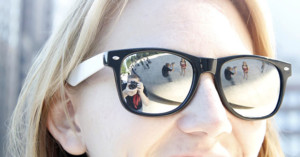
You’ve probably photographed your own reflection in sunglasses before, but have you ever captured a reflection of yourself shooting …
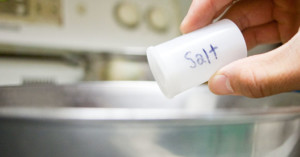
A neat way to reuse film canisters is to poke holes in the lids and turn them into salt …
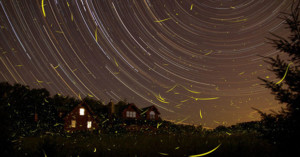
Photographer Mike Rosinski created this amazing image showing light trails from both fireflies and stars by stacking over 370 …

Update: This giveaway is now over. The winner was randomly selected and announced below. It’s been way too long …
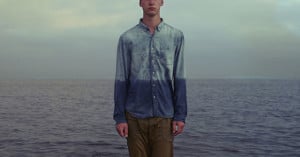
Here’s a creative self-portrait by Dutch photographer Joeri Bosma. It’s neat how the …
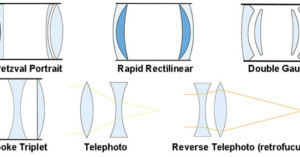
Rather than being built from scratch with new designs, new camera lenses are designed by taking existing lens designs …
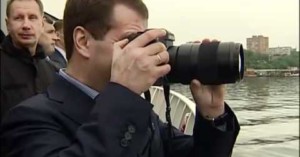
Dimitri Medvedev, the president of Russia, is a big photography enthusiast and a fan of Leica cameras, though from …
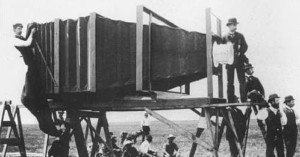
The record for world’s largest camera is currently held by an aircraft hangar camera, but back in …

Confused about what Google’s new Photovine photo sharing app is all about? Here’s …
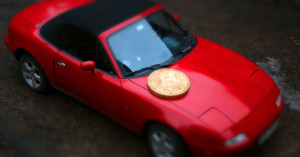
Norwegian design studio Skrekkøgle -- the one that printed a photo with a cremated dog -- has a creative project called "Big Money" in which they made a giant 20:1 replica of a 50 cent Euro coin. They then placed the coin next to large objects and photographed them together, making the objects look like tiny toy replicas.
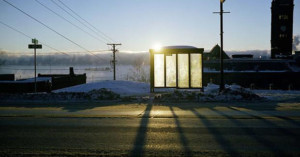
I love what the Internet has done for the sharing of photography. Social websites such as Flickr make it so easy to get our work in front of the faces of people on the other side of the Earth so easily that it boggles my mind sometimes. This incredible ability of technology has one horrible side effect however. I'm talking about title fields.

The 684th triple play in the history of baseball happened yesterday in a …
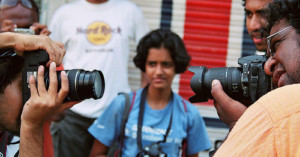
Ever wonder why certain people always seem to engage in meaningless Canon vs Nikon vs et al. camera brand debates at every opportunity? A recent study conducted at the University of Illinois has found that the more knowledge and experience you have with a particular brand, the stronger your self-esteem is tied to it.

Google’s new Photovine mobile photo sharing app for iOS is now out of …

There's all kinds of things people do to remember their beloved pets after they pass away, but here's a pretty creepy one: a dog owner in Norway had a photo of their Gordon Setter named Susie printed with her ashes. Norwegian design studio Skrekkøgle figured out a way to rebuild a printer to accept dog ashes as "ink", allowing them to print a vintage-looking black-and-white photograph of Susie.

Here's a mind-bending video in which someone created the famous checker shadow illusion in real life. The optical illusion takes advantage of the way our brains process lighting and shadows.
As with many so-called illusions, this effect really demonstrates the success rather than the failure of the visual system. The visual system is not very good at being a physical light meter, but that is not its purpose. The important task is to break the image information down into meaningful components, and thereby perceive the nature of the objects in view. [#]
Interesting huh? Our eyes aren't very good as a light meters, since they're easily deceived by context.

Talk about a Kodak acquisition seems to be heating up as giant tech companies — including Google, Microsoft, and …

The Daily Mail is no stranger to copyright infringement accusations, but this time they've taken it even further -- publishing a photo after the owner denied them permission to do so.